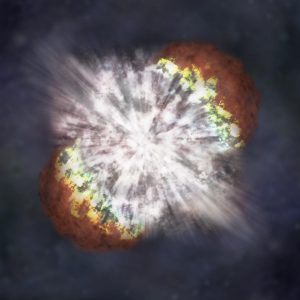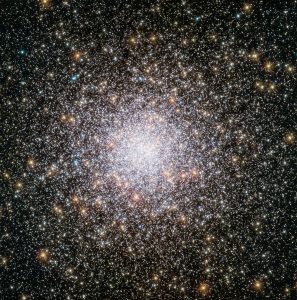Metalli
Una Rara, Antica Supernova Superluminosa
La morte di una stella massiccia, avvenuta in una galassia ben dieci miliardi di anni fa, ha creato una rara supernova superluminosa, che gli astronomi ritengono una delle più distanti mai scoperte. Continua a leggere
La Giovinezza di NGC 362
Gli ammassi globulari offrono una delle visioni più spettacolari nel cielo notturno. Queste sfere adorne di astri contengono centinaia di migliaia di stelle, e risiedono nelle periferie delle galassie. La Via Lattea ne contiene più di 150 e quello mostrato in questa nuova immagine del telescopio Hubble, chiamato NGC 362, è uno dei più inusuali. Continua a leggere

